Market Analysis
In-depth Analysis of Image Sensor Market Industry Landscape
The image sensor market is experiencing dynamic shifts driven by advancements in technology and the widespread integration of imaging solutions across various industriesOne of the main trends affecting the market dynamics is a growing need for better imaging used in consumer electronics. Smartphones, digital cameras and other gadgets are causing the demand for miniature high-resolution image sensors. The tireless strive for better image quality, improved low-light performance and faster AF propels constant innovation in the market of image sensors.
However, the automotive sector significantly shapes the changing landscape of image sensor market. The increasing penetration of the ADAS and emergence of autonomous cars is driving image sensors application for lane departure detection, collision mitigation as well parking support. With the development of connected and autonomous vehicles, image sensors play a crucial role in providing visual information for decision-making algorithms that drive automotive growth.
The market dynamics are also affected by the increasing trend of image sensors in medical applications. High-performance image sensors play an essential role in medical imaging technologies such as X-rays, endoscopy and microscopy that are used to capture detailed visual information. The need for medical imaging systems is rising rapidly as the requirement of diagnoses and minimally invasive procedures increase, reflecting a significant contribution made by image sensors in themselves towards healing technologies.
Another major influencing factor for the image sensor market is its growing application base in industrial environments. Image sensors are the key component of machine vision systems that support quality control, inspection and automation for industrial manufacturing processes. The revolution in Industry 4.0, with digital technologies integrated into industrial processes brought about the need to use image sensors which increases efficiency reduces errors while enhancing overall production quality.
The crucial elements affecting market dynamics are miniaturization and cost-effectiveness. Developing increasingly miniaturized and inexpensive sensors necessitates the development of compact and cost-effective image sensors. Consumer manufacturers are developing smaller sensor sizes that improve performance without compromises in image sensors for a wider variety of applications including wearable and surveillance cameras.
The image sensor market is heavily competitive in terms of research and development activities. Companies are investing in the development of new sensor technologies like backside-illuminated (BSI) sensors, stacked sensors, and time-of-flight( ToF) to suit different industry requirements. Additionally, the trend towards higher megapixel counts and the integration of artificial intelligence (AI) capabilities within image sensors contribute to the market's ever-evolving dynamics.
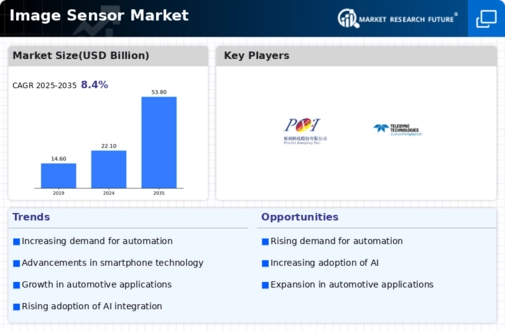
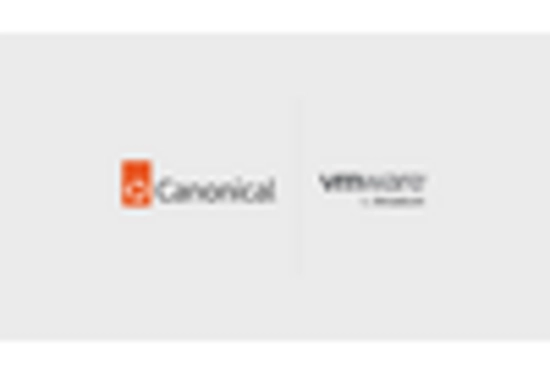
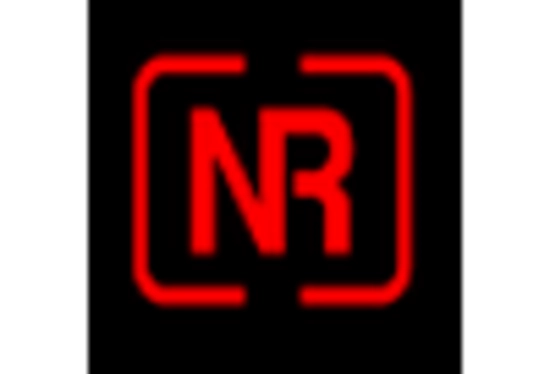
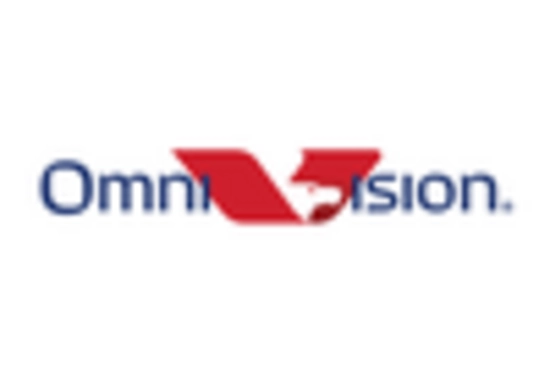
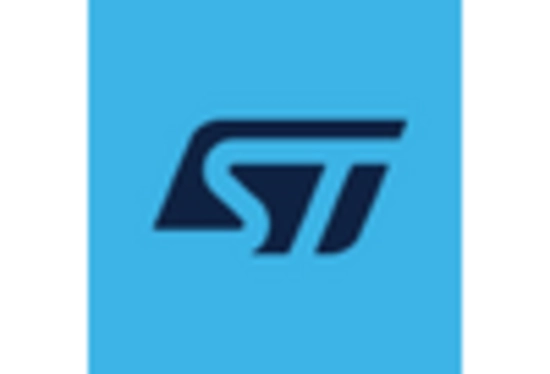
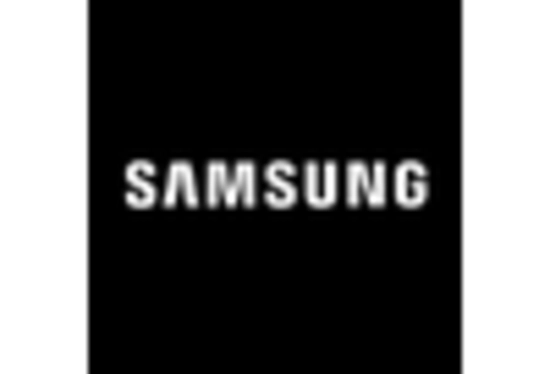
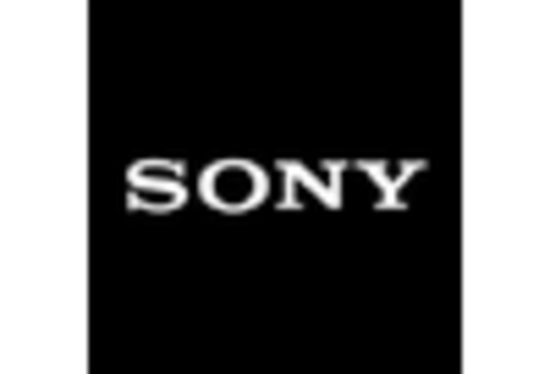









Leave a Comment